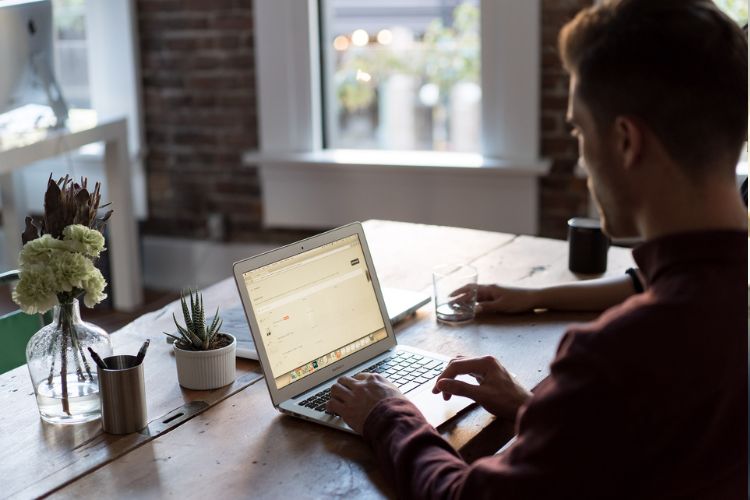Estimate reading time: 5:12
Starting a podcast without ever having any prior experience with audio equipment is daunting. Buying the wrong microphone, headphone and audio editing software can be expensive and it can set you back financially. In this article, we’ll outline the basic podcast equipment and setup necessary to start a podcast.
Microphone
There’s a microphone for every budget and you don’t need to spend a lot of money to get great results. Clean and discernible recordings go a long way in establishing trust, credibility and professionalism. Here are a few popular microphones to get your podcast off to a good start.
Audio Technica ATR 2100
Cost effective microphone suited for podcast, field recordings and live performances. With it’s built in headphone jack, the ATR2100 -USB microphone allows you to monitor your microphone output without audio delay. Lastly, the cardioid polar patterns reduce the pickup of unwanted sounds coming from the rear and sides of the microphone.
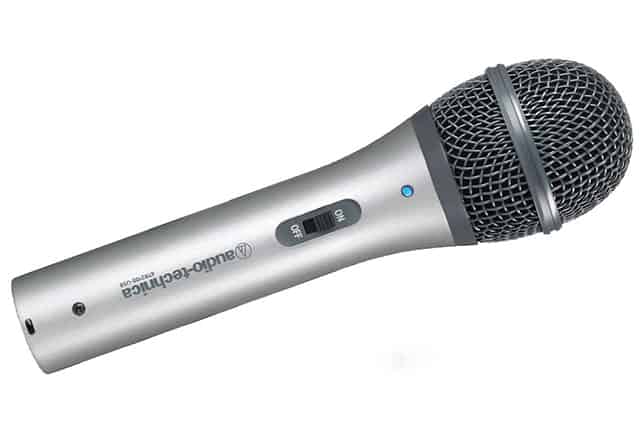
Blue Yeti
Blue Yeti a popular microphone among podcasters and YouTubers. Not only do they come in a variety of colors, their USB plug and play feature let’s you connect to a laptop, desktop and ipad (adaptor sold separately) The Yeti has a configurable polar pattern knob allowing you to toggle through cardioid, omni-directional, stereo and bi-directional modes. It’s versatility comes in handy when interviewing two or more guests.
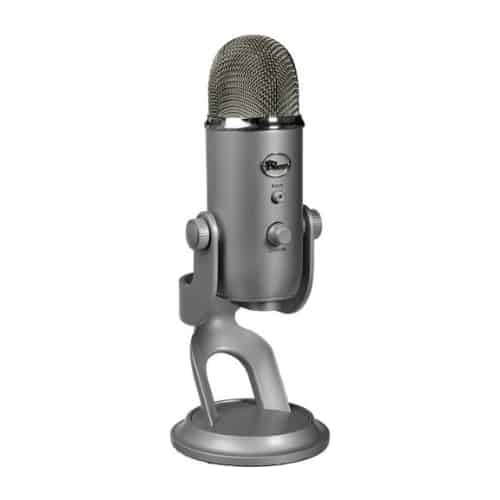
For a full guide on best microphone for podcast read this article.
Heil PR-40
The Heli PR 40 is a dynamic microphone ideal for voice overs, podcasts and talk show hosts. It comes with a shockmount, a device that helps reduce low end rumble, and does not require a cloudlifter, device used to amplify the signal.
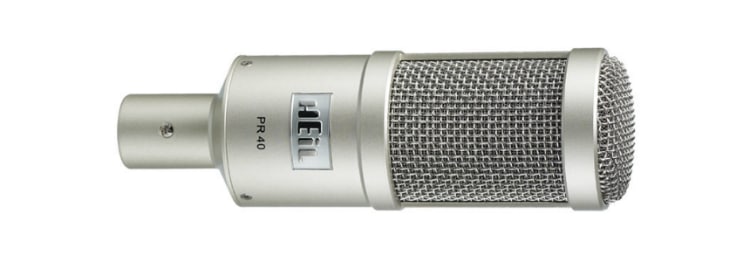
Shure SM7B
Known as the microphone used by famed pop vocalist Michael Jackson, the Shure SM7B is a favorite among top rated podcaster such as Joe Rogan and Tim Pool. The condenser microphone is reliable and is widely used. It accurately records incoming signals with very little coloration. While it is significantly more expensive than the Blue Yeti, it does offer superior sound quality and is less "digital sounding", a term normally associated with USB microphones. The SM7B connect via XLR and must rely on phantom power, a transformer that amplifies incoming signal, which can then be processed in an audio editor. Lastly, the SM7B is stylish and greatly conveys "professionalism" as it's typically found in high end studios.
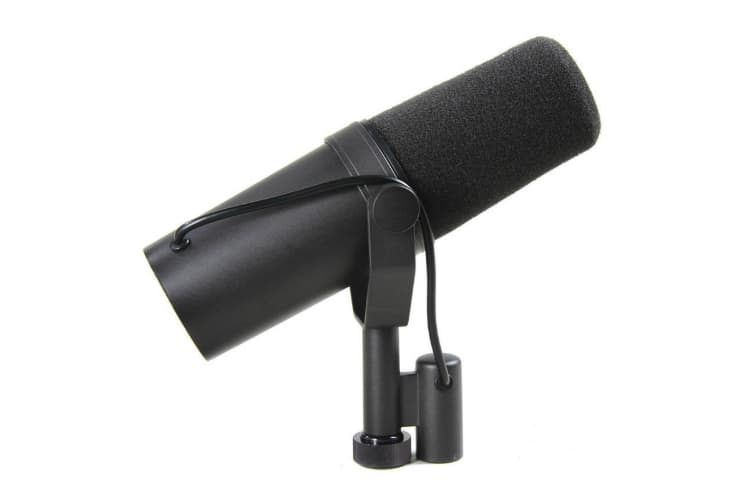
XLR 3 Pin Balanced Microphone Cable 6 feet
Balanced XLR cables connect your microphone to an audio interface. Unlike USB microphones that connect directly to a laptop or desktop, XLR based microphones take the analog signal then transmit it to the audio interface where analog-digital conversion occurs. While most interfaces are designed for the sole purpose of converting signals, many come with built-in pre-amps that color the incoming sound. A balanced XLR cable, no longer than six feet, is all that is necessary for recording purposes.
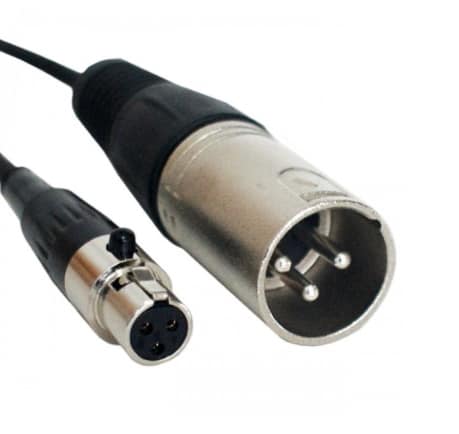
Headphones
Headphones come in a variety of price points, styles and shapes. The most important thing to consider when shopping for headphones is to select a pair that is closed-back. Unlike open-back headphones, you don't want sound to bleed into your recording as you monitor your incoming audio during recordings. Unless you have a sound engineer that is listening to your audio, it's best to monitor your recording "live" through your pair headphones. In the event that the sound quality isn't up to snuff, you'll be better able to make the necessary adjustments before completing the recording. A quick search on Amazon will yield closed-back headphones for podcasting.
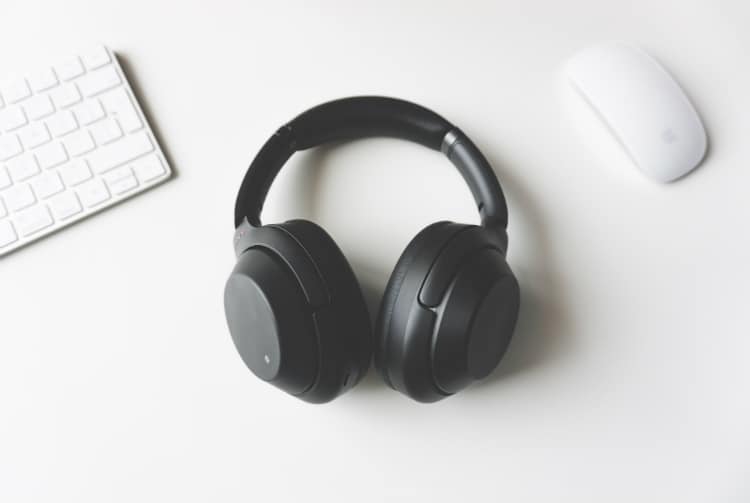
Pop Filter and Windscreen
Pop filter are set in between your mouth and the microphone. Usually circular mesh is designed to scatter sudden bursts of air known as plosives, an unwanted sound that is head when uttering words with "p" and "b" in them. Additionally, pop filters and windscreens help extend the life of your microphone by offering a layer of protection from saliva. The windscreen will protect against wind and is ideal for outdoor recordings while many in-studio brodcasters use it to speak in close proximity to the microphone lending to a more intimate sound.
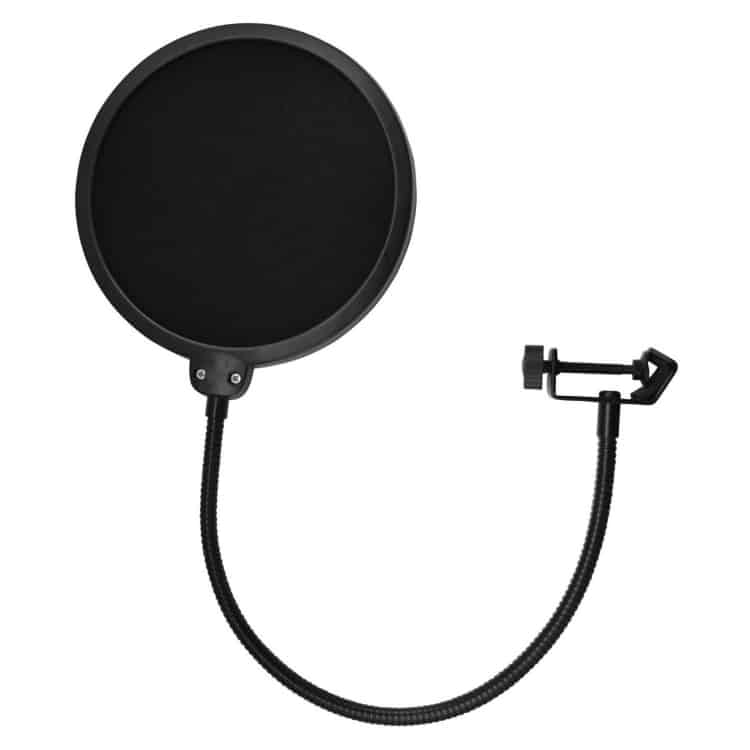
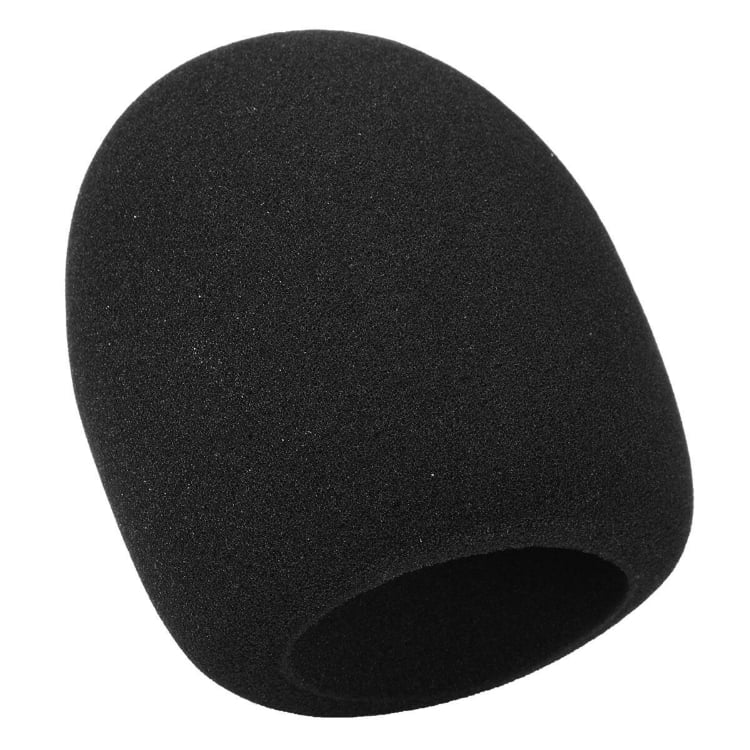
Recording and editing software
Once your recording is complete, you will need to import it into an audio editor for further processing. Here are some examples of popular audio software editors.
- Audacity (Free)
- Adobe Audition
- Garage Band (Mac Only)
Most if not all of the audio suites mentioned above come with plugins allowing you to clean, edit and export professional sounding podcast recording.
For a full guide on how to record voice overs read this article.
Call Recording Software for Virtual Interview Podcasts
Call Recorder
Part of the fun with podcasting is being able to share your thoughts with fellow guests. More likely than not, your guest will reside outside of your city, state or even country. For this reason, virtual interviews are conducted with the help of call recording software. By combining Skype and Call Recorder by Ecamm, a software that captures audio, video, input and output, you will be able to take your podcasts to another level. Call Recorder gives you HD recordings that you can record using Skype. It's ideal for podcast and video interviews for side-by-side playback.
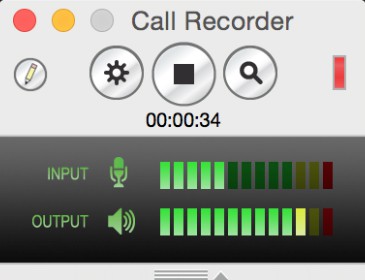
Zencastr
Zencastr lets you record a separate track for every guest. This is ideal for when your guests have different overall volumes that require further audio processing.
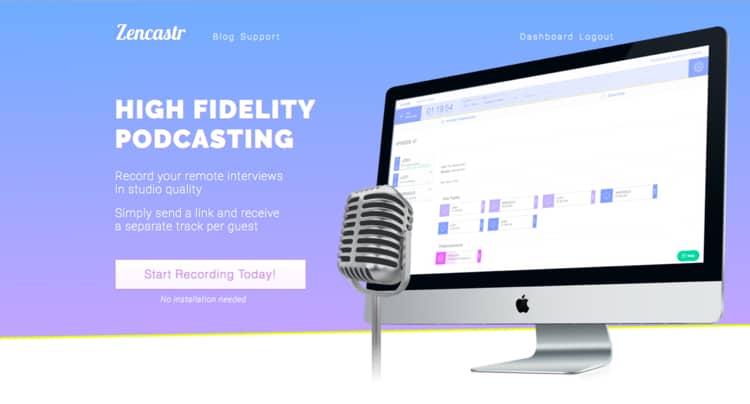
Post Production Service
Post production webservices offer digital mastering of your recorded material. It levels the volume of your individual tracks and brings them to comparable amplitude. Moreover, your file goes though normalization, a process that renders your track to brodcast standards (EBU R128, ATSC A/85, Mobile). Additionally, this process is helpful with noise and hum removal.
Conclusion
Getting started doesn't have to cost an arm and leg. The great thing with podcast equipment is that most of it can be purchased used. Keep in mind that audiophiles are notorious for getting rid of perfectly functional audio gear whenever a newer version becomes available. That said, you can find great deals on recording equipment on facebook's marketplace and similar buy/sell platforms. Lastly, remember to start off small and upgrade your gear collection only as your skill, audience and passsion grow.


